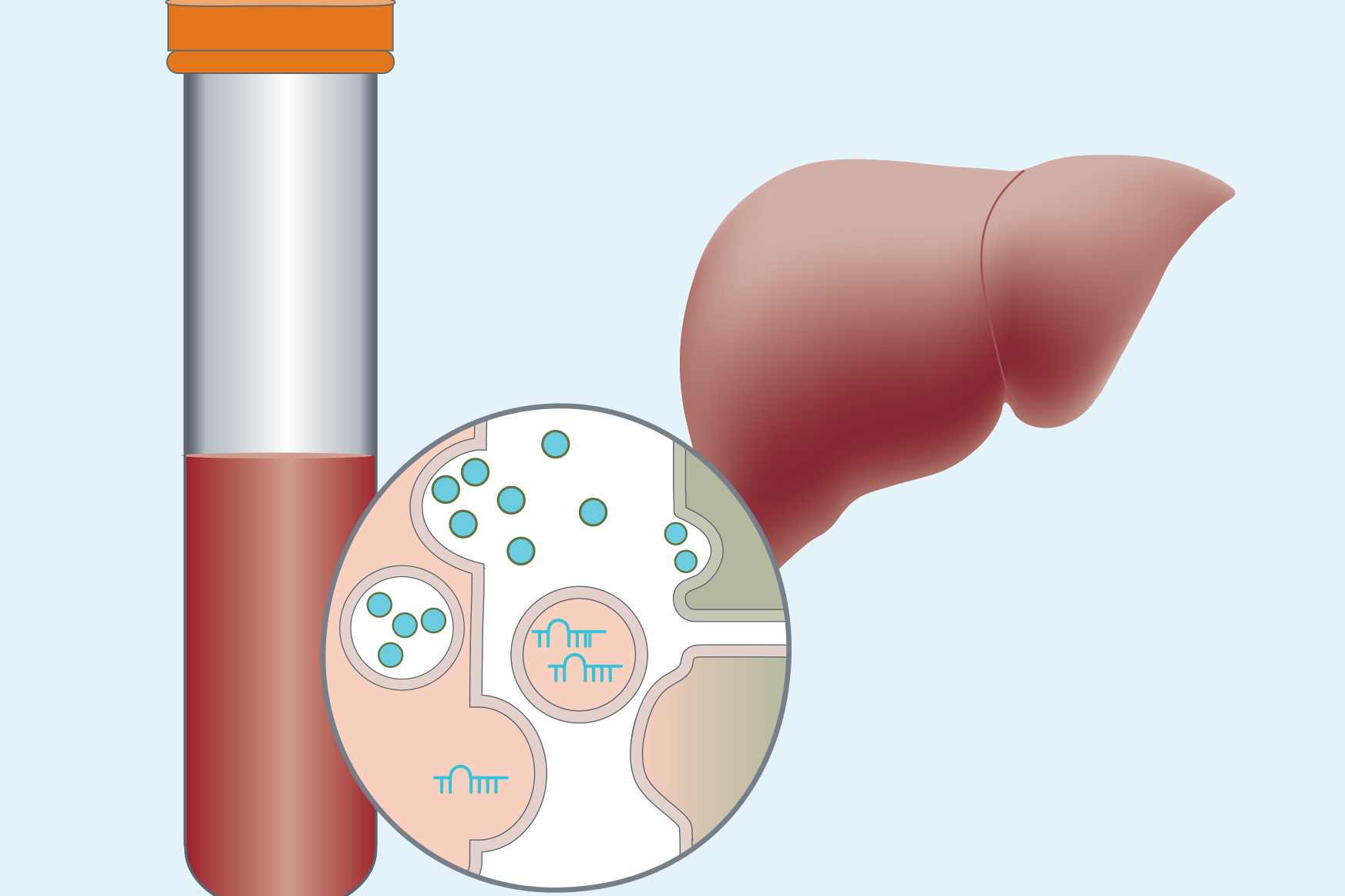Biomarkers of Liver Disease
Topic: Hepatobiliary, Basic Science
Authors: Rui E. Castro, Frank Tacke, Jesús M. Bañales
Editor: Rui Castro
Release date: October 2017, reviewed/updated February 2021.
This course was developed by UEG
Authors: Rui E. Castro, Frank Tacke, Jesús M. Bañales
Editor: Rui Castro
Release date: October 2017, reviewed/updated February 2021.
This course was developed by UEG
Chronic liver diseases are a major public health concern and confer a high economic burden. Non-alcoholic fatty liver disease (NAFLD), hepatocellular carcinoma (HCC) and biliary diseases rank at the top when it comes to the need for novel biomarkers of diagnosis, progression and prognosis.
The purpose of this course is to highlight what makes a good noninvasive biomarker, explain the application of biomarkers in clinical practice and introduce microRNAs (miRNAs/miRs) and extracellular vesicles (EVs) as novel noninvasive biomarkers in the setting of liver diseases.
Target audience
This course is suitable for hepatologists in training and scientists working in translational biomedicine, and is also appropriate for other physicians, nurses, biotechnicians, pharmacists, scientists in other disciplines and medical students who have an interest in hepatology and biomarker development.
